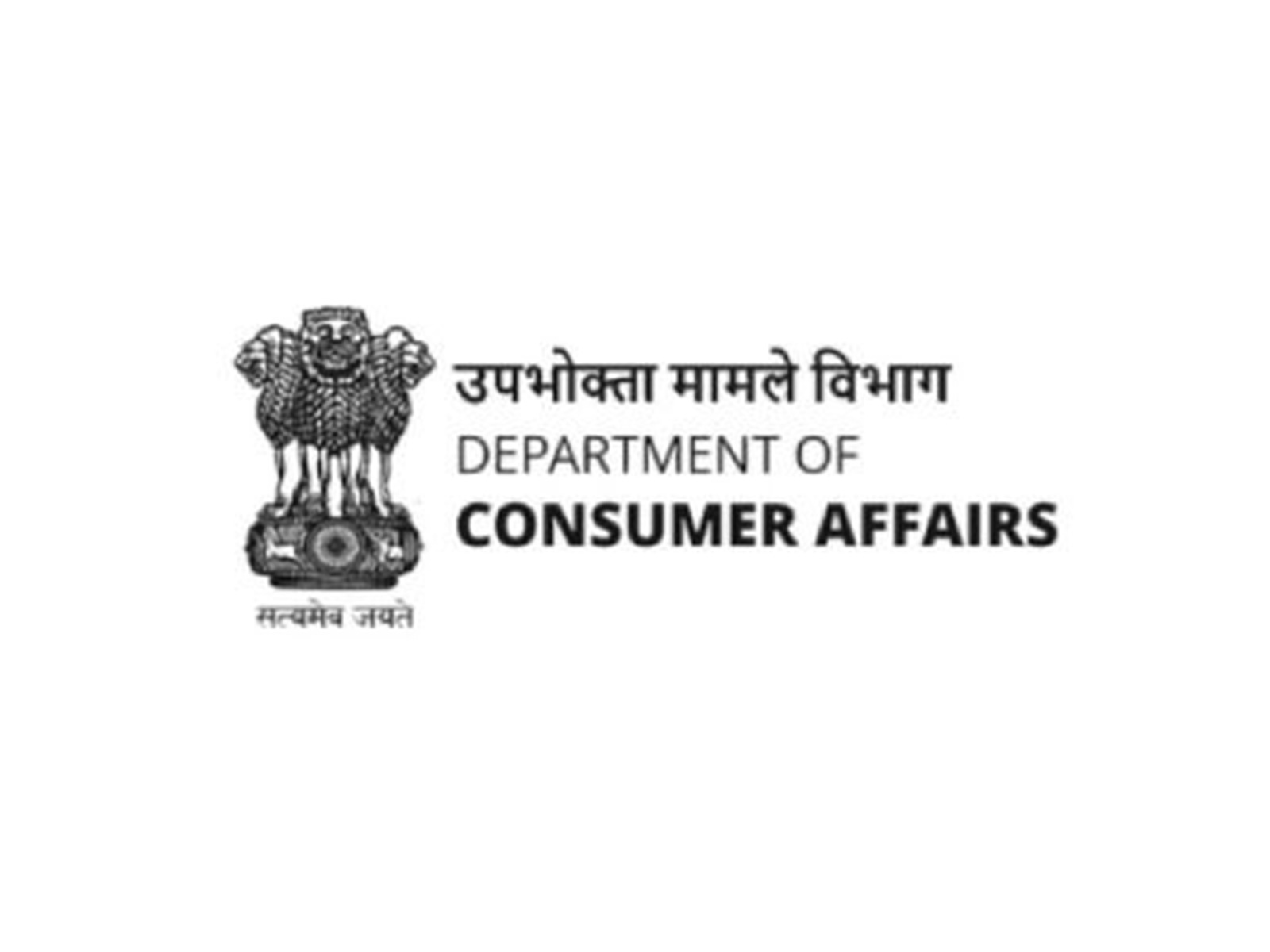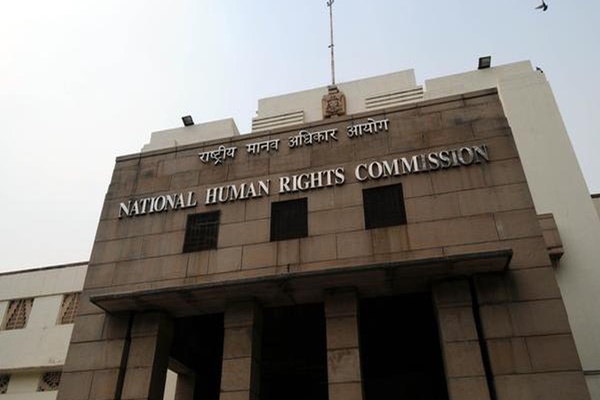People are seen at a shelter in a makeshift tent camp near a railway track, following a strong earthquake in Amarapura township, Myanmar, April 4, 2025. REUTERS

Medical workers wearing red ribbons pose during a protest against the coup that ousted elected leader Aung San Suu Kyi, at Yangon General Hospital, in Yangon, Myanmar February 3, 2021. REUTERS

Medical workers rally against the military coup and to demand the release of elected leader Aung San Suu Kyi, in Yangon, Myanmar, February 10, 2021. REUTERS
Summary
- Military attacks on healthcare hindered quake response, human rights groups say
- Doctors say they fear operating in junta-controlled areas
- Risk of communicable diseases grows as rains approach – WHO
May 7 (Reuters) – Burmese academic Sophia Htwe spent hours desperately trying to call home from Australia after the 7.7 magnitude earthquake struck her hometown in Myanmar in late March, learning that a childhood friend had been trapped in the rubble.
Friends from the central-northwestern region of Sagaing told her that she had been freed but died from her injuries after receiving no medical treatment.
“That just really broke me… This is actually the failure of the military junta and the military coup,” she said, referring to the junta’s attacks on healthcare since seizing power in February 2021.
The earthquake, which killed more than 3,700 people and injured 5,000, quickly overwhelmed a severely depleted health system in which the number of doctors and nurses had fallen dramatically under military rule, according to World Health Organization figures.
Many blame the situation on attacks on healthcare facilities as the military administration sought to root out opponents to its rule, after medics took a prominent role in the anti-junta movement that emerged after the coup.
That meant many victims of the earthquake went without immediate medical attention or had to wait a long time to receive the care they needed, according to two doctors who worked in the quake zone, two opposition activists and two human rights groups monitoring the response to the disaster.
Rights groups Human Rights Watch and Physicians for Human Rights said doctors had described medicine and staff shortages and patients whose wounds had rotted in the absence of medical care. In a joint statement on April 29 they said the military’s “years of unlawful attacks on healthcare facilities and workers” had severely hindered the emergency response.
The situation was compounded, they said, because some medical workers were too afraid of arrest to operate in junta-controlled areas or scared of passing through checkpoints to reach areas where they were needed. Some areas affected by the earthquake are contested by both rebel and junta forces and their affiliated militias, creating an environment of tension and suspicion.
Despite declaring a ceasefire on April 2, the junta has continued daily aerial attacks that have killed civilians, according to a Reuters analysis of data. More than 172 attacks have occurred since the ceasefire, 73 of them in areas devastated by the earthquake.
WORKFORCE SHORTAGES
Before the coup, which toppled the elected government of Aung San Suu Kyi and ignited a civil war, the number of healthcare workers was growing.
It surged 13.3% between 2016 and 2020 to about six doctors and nine nurses per 10,000 people, the WHO said.
That figure fell to 1.01 doctors and 1.96 nurses in 2022 – far short of the recommended WHO minimum standard of 22.8 healthcare workers per 10,000 – as medical workers joined the anti-junta Civil Disobedience Movement, refusing to work for government-run clinics.
According to Insecurity Insight, a Swiss non-governmental organisation, that tracks attacks on healthcare across the world. Soldiers have killed at least 74 health workers, attacked at least 263 health facilities, and arrested and prosecuted more than 800 since the coup.
While some who left have since returned to work, the shortage of health workers remains “very serious”, said Dr Thushara Fernando, the WHO’s Myanmar representative.
In January this year, junta leader Min Aung Hlaing acknowledged in state media that some hospitals did not have a single doctor.
Non-government medical facilities were “severely restricted”, the WHO said, by a lack of skilled health workers and difficulties imposed by the junta in importing medical supplies – restrictions that have created a shortage of life-saving medicines.
Before the quake, the military shut at least eight private hospitals in Mandalay, one of the cities devastated by the disaster, according to the National Unity Government, a parallel civilian administration, while the quake destroyed at least five health facilities and partially damaged 61, according to the WHO.
Healthcare workers aligned with the opposition are providing lifesaving care through underground networks, but “they are operating with extremely limited resources, and their safety remains a serious concern,” said an NUG official who requested anonymity due to the sensitivity of the situation.
The junta has detained doctors aligned with the opposition, which it characterises as “terrorists”.
The two doctors who travelled to the earthquake zone and asked not to be named for fear of retribution also described manpower problems.
One said medics treating quake victims lacked triage expertise because the senior doctors who once led training had been imprisoned or feared arrest if they travelled to the disaster zone.
The other said people with chronic illnesses had been unable to access vital medications, and quake survivors were suffering from diarrhoea, skin-related diseases and heat-stroke as temperatures climb to about 40 degrees Celsius (104°F).
“During the earthquake, people didn’t receive the immediate aid they desperately needed,” he said, adding that authorities frequently questioned people helping survivors.
UNDERGROUND RESPONSE
The military, which controls most but not all of the areas worst hit by the quake, has not eased its communications bans or stringent customs rules since the disaster happened, said James Rodehaver, Myanmar head for the United Nations Office on Human Rights.
He said a requirement by the junta that all organisations working on earthquake relief register with authorities had driven some Burmese humanitarian responders underground, while there was no evidence the military – fighting across multiple frontlines – was deploying troops to help deliver aid.
In 2022, state media reported the junta diverted funds from the natural disaster management budget to provide loans in a bid to boost the sluggish economy, a move Win Myat Aye, the top official for disaster management under the former civilian government, says left a shortage of emergency supplies, logistical support, and recovery programmes.
In Sagaing, Nyi Nyi Tin, whose home was damaged by the quake, said there was no official support beyond an offer of about $61 to the families of the dead and some compensation for the injured.
As the monsoon rains loom, tens of thousands are still living in makeshift tents and the WHO says it fears the spread of communicable diseases.
In comparison with massive community responses to past disasters, including the COVID-19 pandemic, there were only small teams of people helping and little cooperation between civil society and authorities, Nyi Nyi Tin said.
“That sense of unity is gone. I think it’s because people are afraid,” he said.
Reporting by Wa Lone, Poppy McPherson, and Shoon Naing. Writing by Poppy McPherson; Editing by Kate Mayberry




